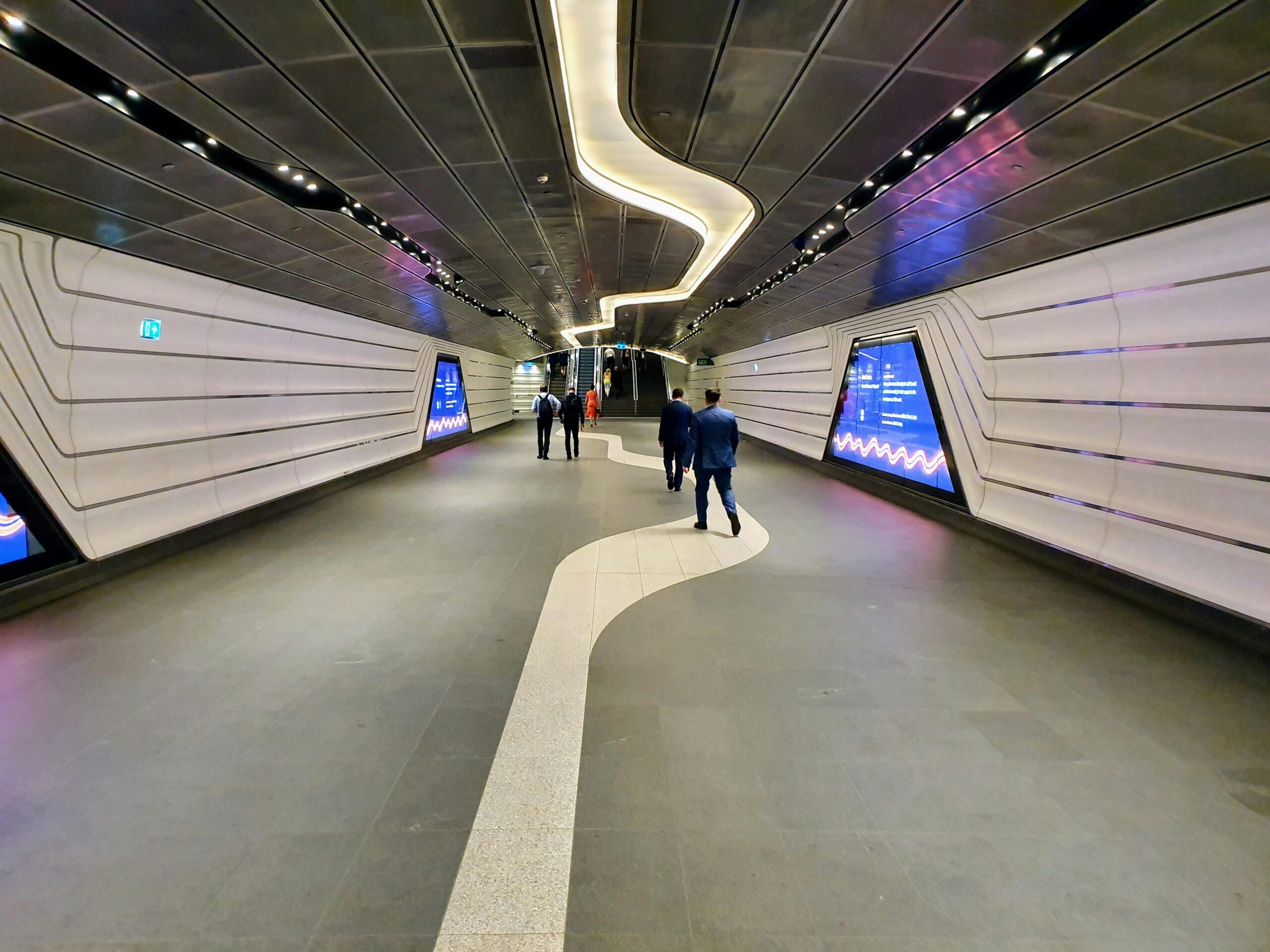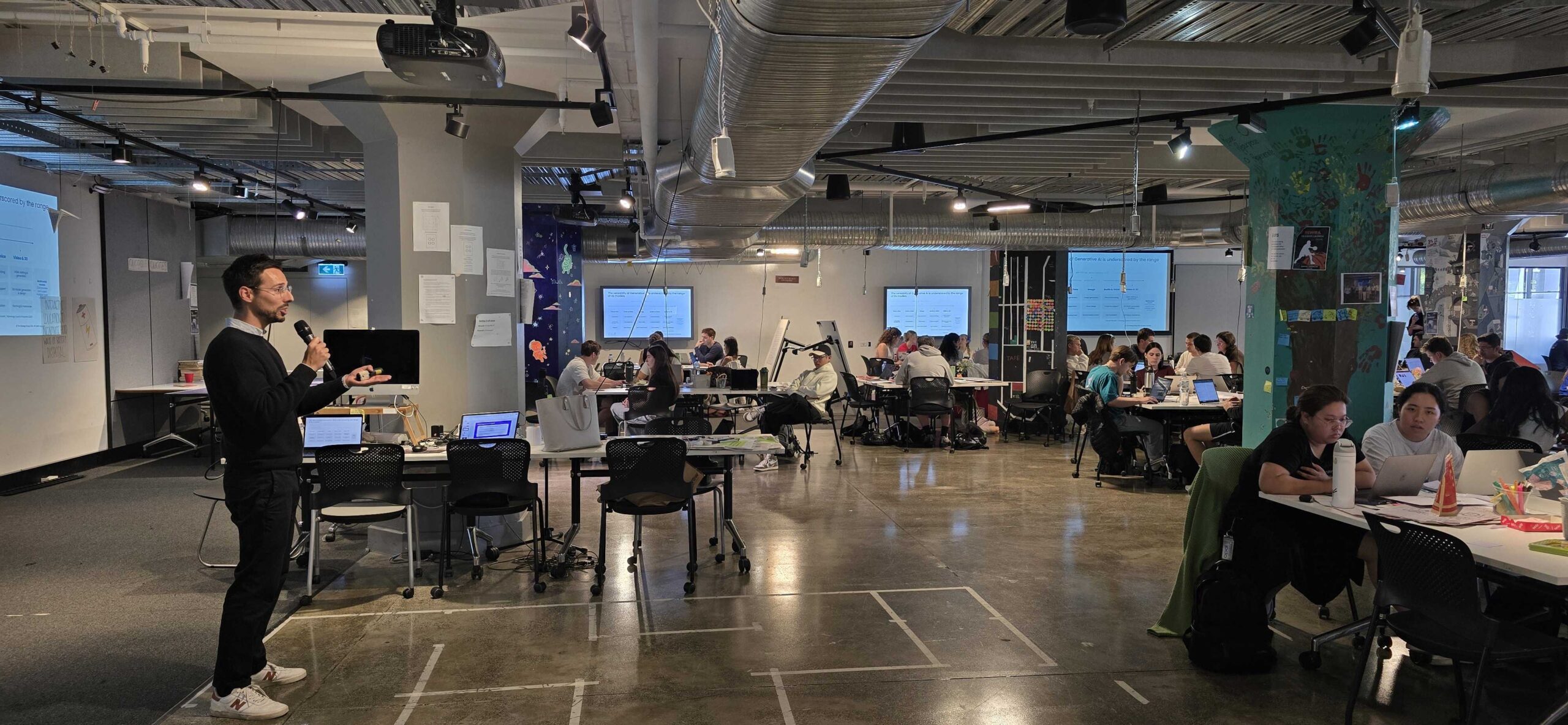By Jeffrey Tobias
We recently attended the Front End of Innovation Conference in Boston, and had the great pleasure of listening to Tom Kelley’s keynote address. Tom is the father of Design Thinking, the methodology that we believe every organisation should adopt, and is the bible for corporates looking to bring deep customer engagement into their organisation. Tom is the author of the best selling book Creative Confidence. Here are some notes from his talk (courtesy Heidi Bertels, City University of New York).
In order to have creative confidence, you need two things:
- The courage to act. You have to get ideas out on the table so that we can collectively figure out if it is a good idea that we can build on. A culture that doesn’t allow ideas to be put forward will disable creative confidence.
- Natural human ability to come up with a fresh idea. Everybody has this. If you ask a bunch of kids in kindergarten: Is anybody an artist here? They will all have their hands up and say: “Me, me, me!” The Adobe “State of Create” global survey showed that 80% of people think unlocking creativity is critical to economic growth, but only 25% of people believe that they have a chance to live up to their creative potential. How might we unlock the creative potential of the other 75%?
There are 3 ways you can help unlock creativity in yourself and in the team around you:
1) Blend technology with humanity
Not many of you will be on their way back home on their Segway or will pet their robotic dog once they get home. These are wonderful technologies, but they will not succeed if nobody needs them. We can illustrate this with a story about how Doug Dietz, a designer at GE Healthcare, used empathy to blend technology with humanity (watch the TED talk). He had always been very proud of GE’s beautiful and functional MRI machines.
One way on his way out from a visit with an MRI technician, he bumped into 6 year old girl. She was crying because she had to go into the MRI machine. As he inquired about this with the technician, she told him that they have to put 80% of these kids to sleep so they can deal with the trauma of going in the MRI machine. He attended a design thinking boot camp focused around empathy at Stanford, and decided he wanted to use empathy, and a human-centered design perspective to redesign the MRI consumer experience into something less terrifying for kids. He and his team transformed the MRI machine into a kid’s adventure story with the patient starring in the lead role. Colourful decals were applied to the outside of the machine and on every surface of the room. They also created a script for the technician to lead their patients through the adventure. The GE adventure series scanners were born.
The success measure? The rate for anesthesia went down from over 80% to under 10%.
And a little girl asked her mom after the scan: “Can we come back tomorrow?” But how does it help the bottom line? These machines are very, very expensive and it often takes a while for an anesthesiologist to come down. By decreasing the need for anesthesia, the machine can be more productive.
Why don’t we just do a survey and ask customers what they want? Well, surveys don’t always paint an accurate picture. Like the old woman who claimed she did not have a real problem with medicine bottles. An ethnographic team learned that she opened it with a meat slicer, which is really dangerous and prevents the medicine bottle from being closed again. People give you misleading data. If you can see what they are doing, through ethnographic research, you have a chance to better understand people than they understand themselves. Marcel Proust once said: “The real act of discovery consists not in finding new lands, but in seeing with new eyes.” We also describe this as “vuja de,” to mean “seeing something familiar with fresh eyes,” the opposite of “déjà vu”. Through anthropology, you will see things hidden in plain sight. You will feel “vuja de”.
2) Treat life as an experiment
To make progress, you want the quickest, cheapest prototype of your idea to get to your short-term goal. What is the cheapest, quickest way to get to the next step? Tom illustrated this with how they prototyped the idea of an app to make Elmo dance. They had not been able to convince the people at Sesame Street that this would be a cool app so they wanted to convince by demonstrating. They had only one hour. They weren’t able to get Elmo, so they got Adam (one of the people on the team) instead. They just had Adam moving behind a cardboard box whenever anyone touched his nose, but this made it easy for the others to see what it would be like with Elmo. Ultimately, it was a one hour prototype. If you can get to the next step by using a one hour prototype, you would be silly to spend two hours on it. The story of Ankit Gupta & Akshay Kothari and their company Pulse (a news aggregation app) is very similar. They were basically writing their code in Starbucks, where they were constantly testing it out with customers (people reading the news), doing hundreds of mini-experiments per week and tweaking the app constantly based on immediate customer feedback. Pulse was acquired by LinkedIn for $90 million in 2013. They had success because they experimented and layered technology on top of humanity.
3) Leverage the power of storytelling
Storytelling (check out Peter Guber) is how you make data come to life. Wrap things in a story. An excellent resource for storytelling is the “Made to Stick” book by Dan and Chip Heath. How is it that urban myths are so easy to remember, but you cannot remember the last Powerpoint you attended? What is the difference? Six things (SUCCES):
Simplicity. This is the hardest one. You have the curse of knowledge, you know too much. You have to find out what the essence of the story is.
Unexpected. You need a hook
Concrete. Make the person listening see it with them in the story
Credibility. You have to be authentic; true credibility.
Emotion. There should be emotion in every good story.
Story. Told in form of a story – example: Let me tell you about a customer of ours, named Rebecca, using your new service or product.
One story that follows the SUCCES principles is the story of the faithful dog “Hachiko” in 1932. If you have been told the story once, you will never forget it (find it on Google). Or Steve Jobs… he made us understand what MP3 could do for customers. Because it could give you “a thousand songs in your pocket.”
What is the simple story of your business?












